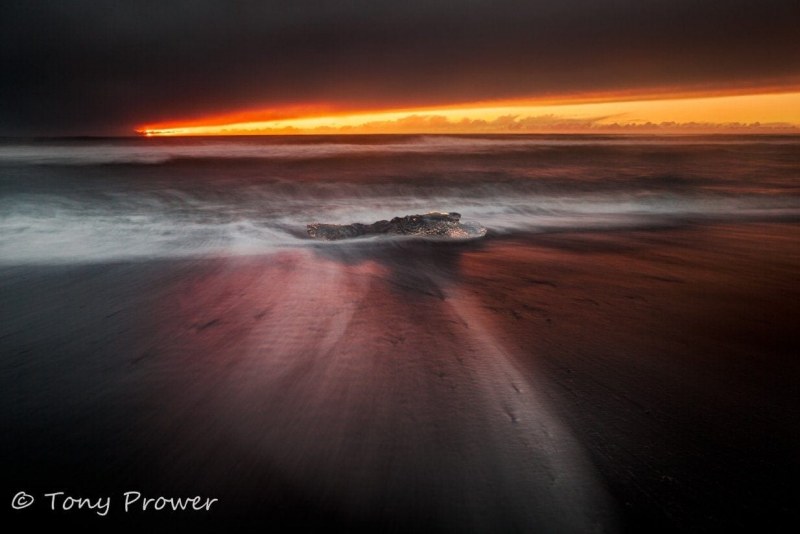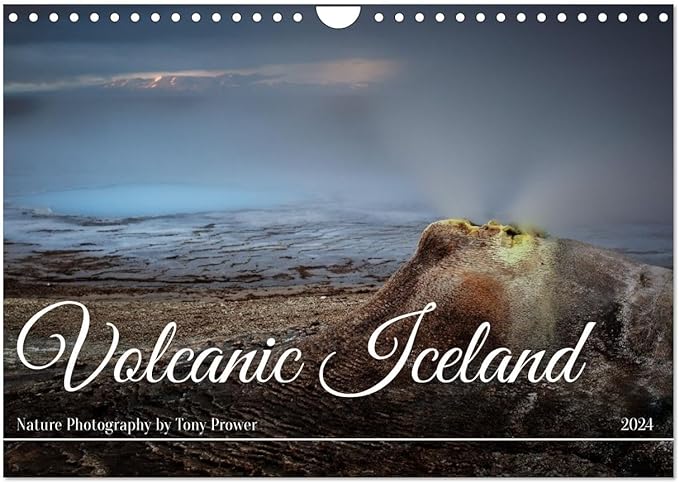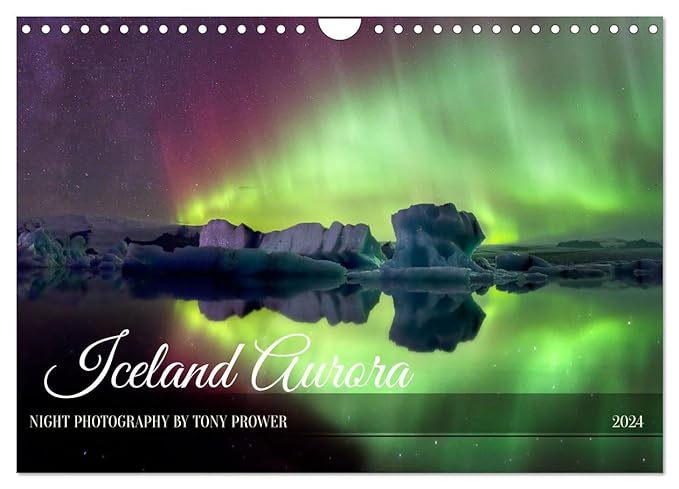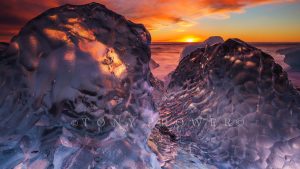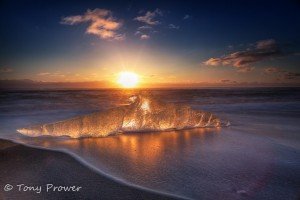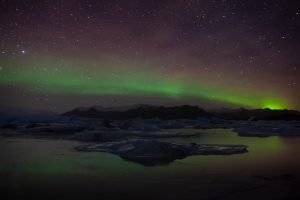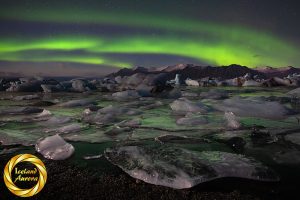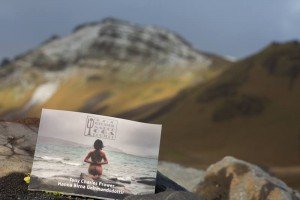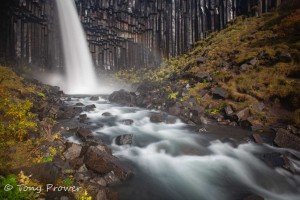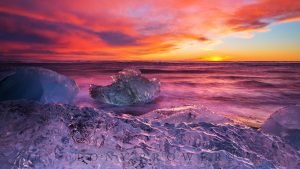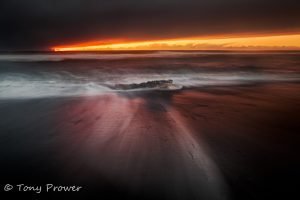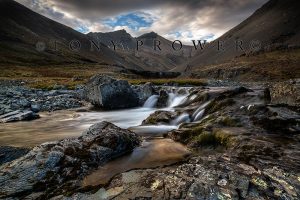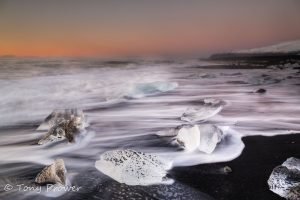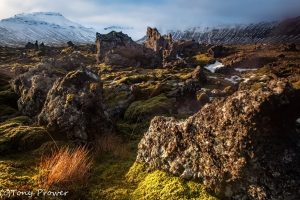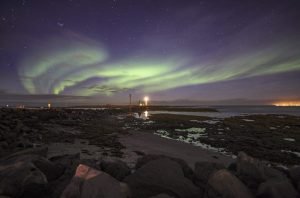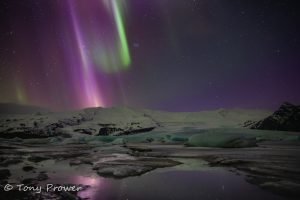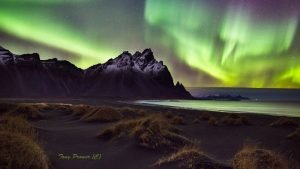The potential for good photographs on beaches and coastlines is endless. Whether it is rocky, craggy, sandy or pebbles, the capture of the ocean interacting with these elements is challenging and fun.
With a beautiful coastline as the backdrop, beach photography can capture the majesty and power of the ocean. By paying special attention to the nuances of the landscape, such as the texture of the sand, the reflection of the sun. Paying close attention to the ripples of the tide, the photographer is able to create stunning photographic art that captures the true beauty of the beach.
With the right angle and the right light, the coast can become a canvas for artful and captivating photography.
Long exposure for stronger saturation
Wet sand can be a fantastic reflective surface. This requires patience and a bit of forward thinking. The trick is to wait for a large wave to soak the entire beach and then time your exposure with the receding wave. This was a 11 second exposure and although the wet sand wasn’t reflective for the full 11 seconds, it was reflective long enough to create a strong impression on my sensor. The idea that the longer exposure can produce deeper saturated colours is disputable. It is only my opinion after 1000s of long exposure photos. From this experience I have noticed stronger colours.
Tours Around Iceland
Calmer seas
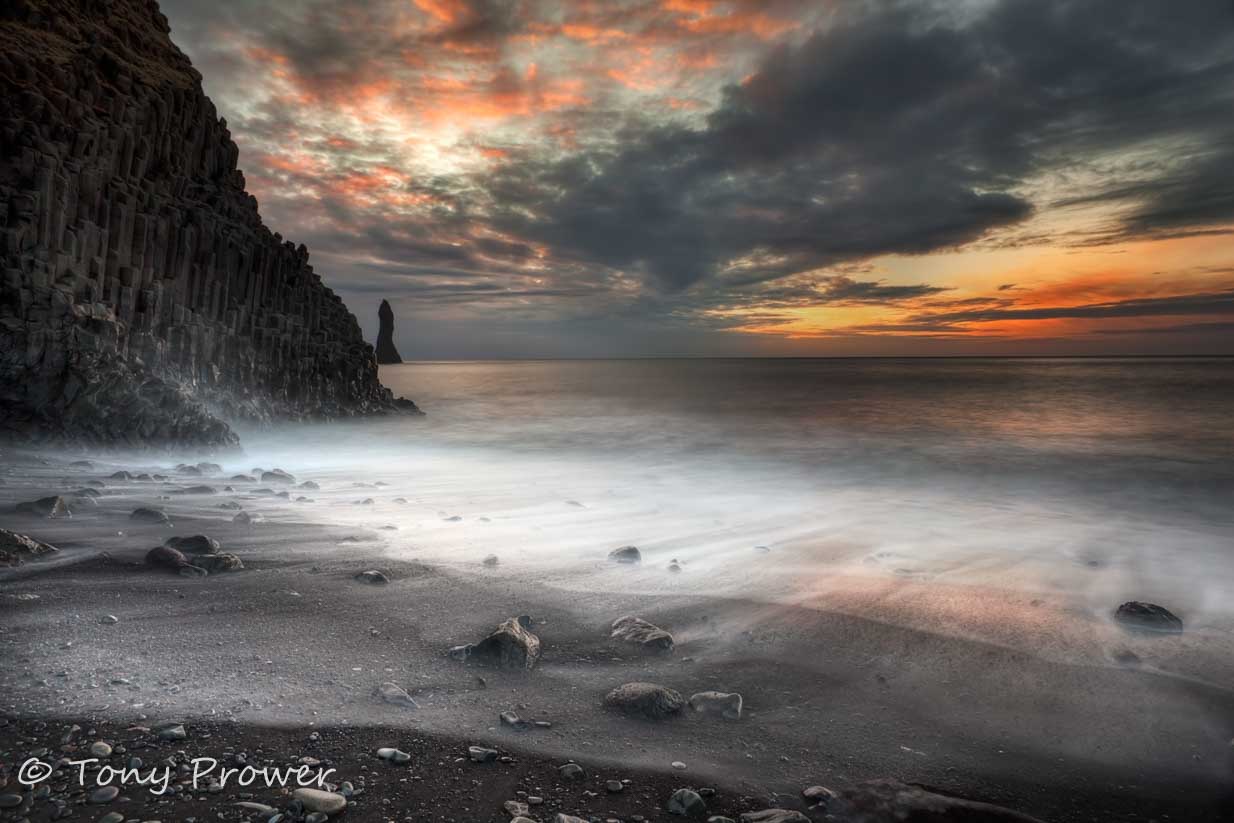
A long exposure will calm a raging sea and produce a milky effect. But you might miss the original feeling of the scene. This scene looks quite peaceful but the truth was very different. The long exposure has calmed the rage of the Atlantic Ocean. So it a way the camera has lied. If there is a really rough sea with frothing wave crests, if is better to use a fast shutter to communicate the scene more accurately.
Trail mix
An exposure between 2 and 4 seconds will produce some lovely trailing lines if you time the shot correctly. This effect was achieved by waiting for a big wave and exposing as the sea retreated.
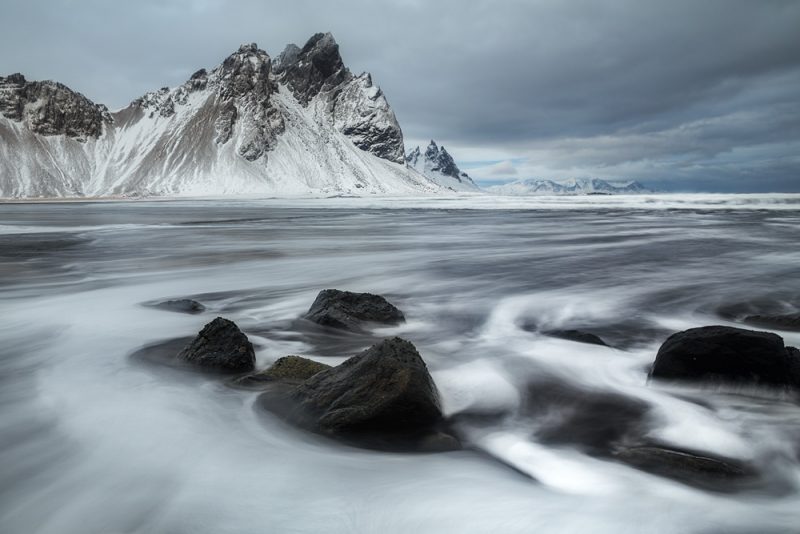
Recommended Gear
This is my basic set up for long exposure photography.
Wave Interaction
Part of the trick is to stand and watch how the waves interact with the elements on the beach. Look for prominent stones of interesting tracts in the sand. You might live in an area with beautiful chunk of glacial ice on the beach. Every beach has some potential.
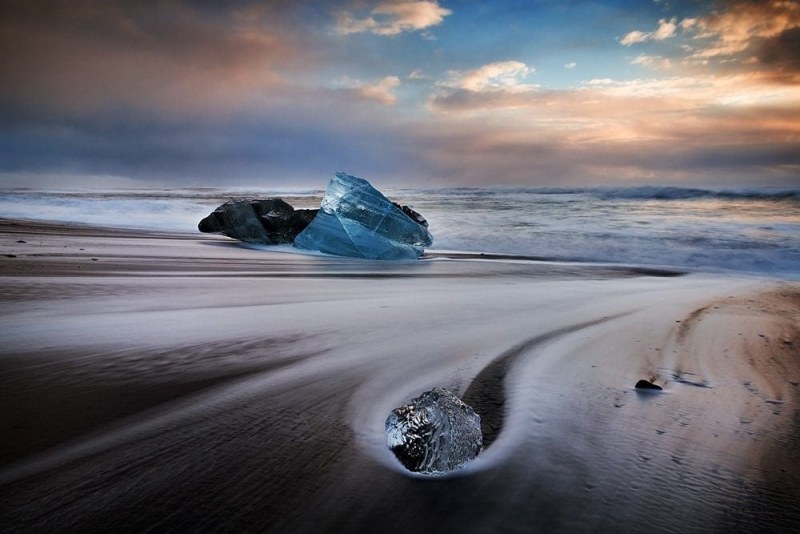
Capturing these movement trails on the beach is a lot of fun and very rewarding. Even though there are huge chunks of Glacier Ice on the Diamond Ice Beach, sometimes the pebbles steal the show.
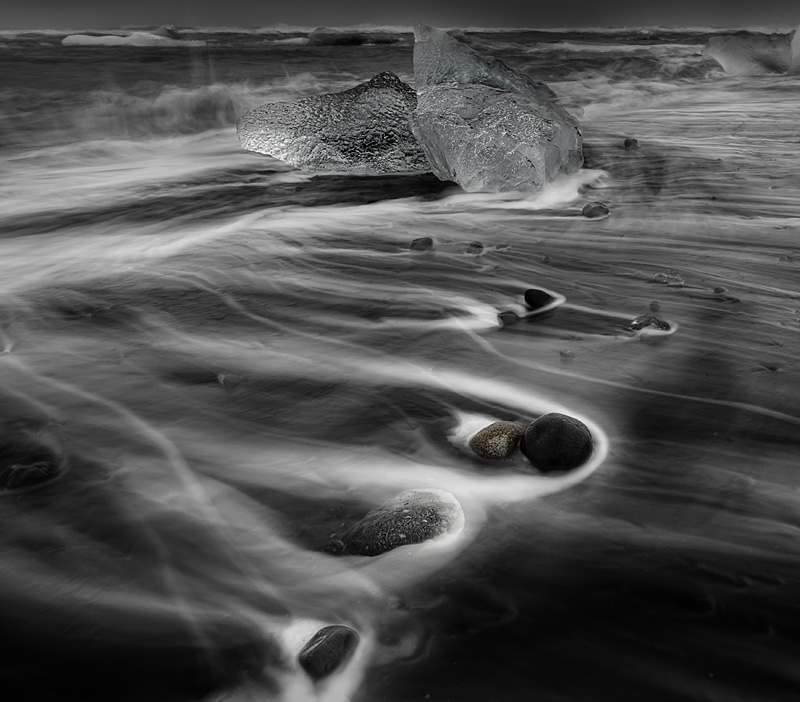
Don’t get Stuck in Slow
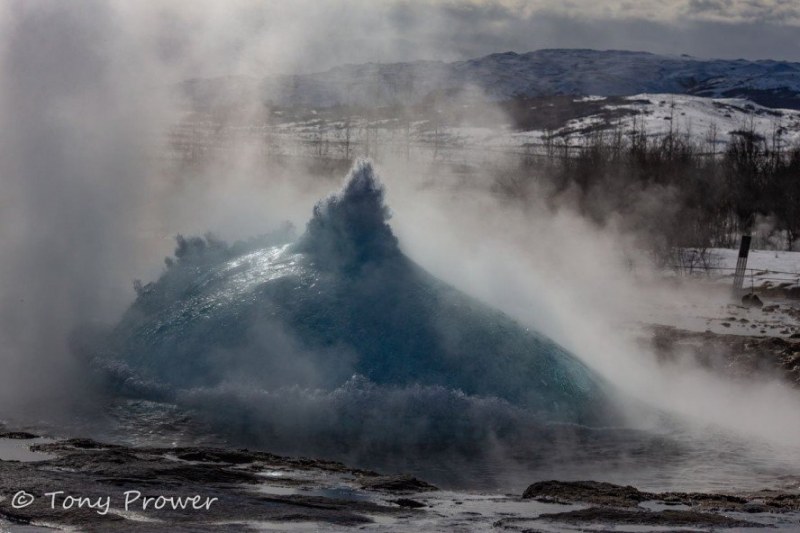
Consider what aspect of the nature you wnt to communicate with your photography. If you want to show how the water is explosive and full of energy, then a shorter exposure could be more appropriate. A faster shutter will freeze the action which communicates the movement in a different way. Freezing action can allow the viewer to study a moment in a chain of events that the naked, human eye would normally miss. Part of the skill of the photographer is judging whether a fast shutter will communicate the movement more effectively than a long exposure.
